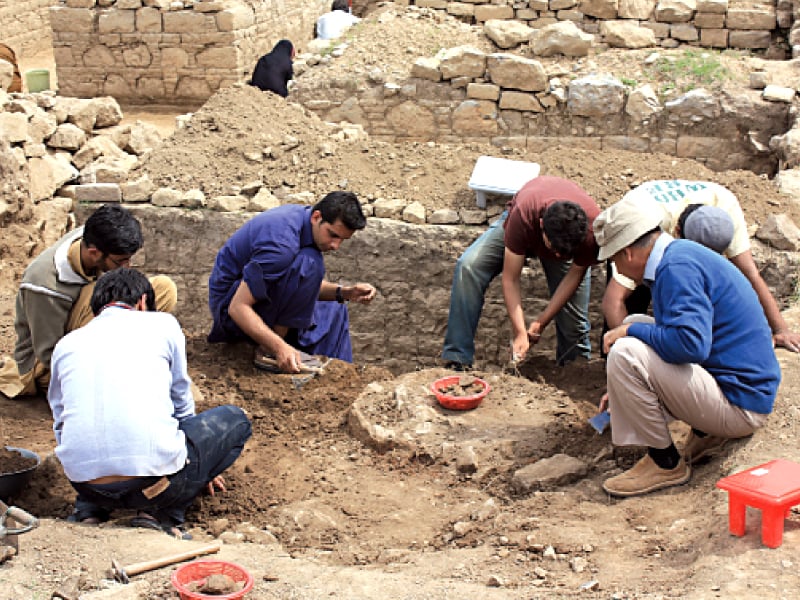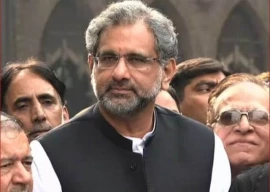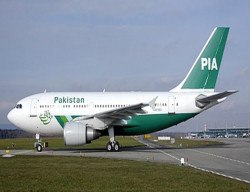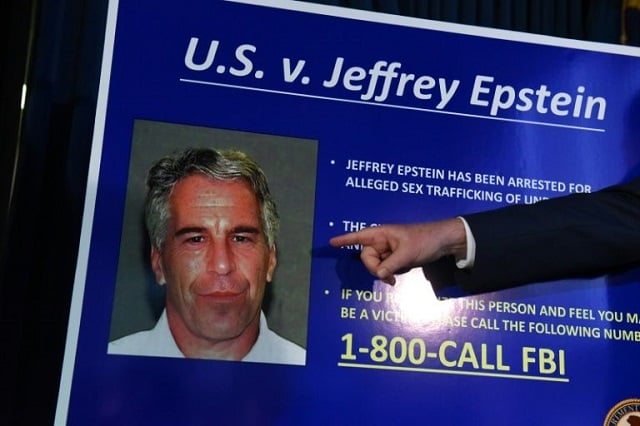
The only Buddhist monastery in the Taxila valley was a thriving centre of learning at the end of the third century AD.
The monastery attracted so many students and monks from around greater India that its administration built an annex to house the seekers of enlightenment coming to meditate there, archaeologists at Quaid-e-Azam University (QAU) have discovered.
Another notable finding was that the main compound of the monastery, located in present-day Badal Pur, is at least 300 years older than archaeologists previously estimated. The main compound, which consists of 55 “monk cells”, was excavated between 2005 and 2012.
An excavation mission that began digging at the southern end of the main monastery in March unearthed a new mini-monastery, Dr Muhammad Ashraf Khan, director of the Taxila Institute of Asian Civilisations (TIAC), told The Express Tribune.
Dr Khan, who is heading the ongoing excavation mission, said eight monk cells have been excavated so far at the new monastery, which has a 40 by 40 metre square plan and four metre high walls.
“We were unaware of the existence of this monastery up till now,” Khan said. “When we cleared bushes from the area south of the main monastery, there were visible signs that a structure could be buried underneath.”
The signs were pointing in the right direction, as the archaeologists and students found a structure constructed of stucco — a coating made by mixing limestone, sand and water — and mud plaster in diaper pattern masonry.
This form of masonry pattern, which consists of thin layers of metamorphic rocks interspersed with stone blocks, is associated with Kushan architecture, Khan said.
The Kushans were a tribe that migrated to Gandhara around the first century AD from Central Asia and Afghanistan.
The tribe selected Peshawar as its seat of power and later expanded east into the heartland of India to establish the Kushan empire, which lasted until the third century AD.
TIAC archaeologists believe the new monastery flourished during the late Kushan period, when the Kushans had numerous cultural and trade exchanges with the Buddhists.
Khan said that based on artefacts such as a gold coin with the seal of a second century Kushan emperor found at the larger Badal Pur monastery, the site was believed to be from the same century.
But new evidence suggests otherwise.
Khan said pieces of charcoal found at the monastery were analysed in the US at the University of Wisonsin using carbon dating — a reliable scientific method for determining the age of certain materials.
The university’s report states the monastery was built somewhere around the third century BC, making it one of the oldest monasteries in the Gandhara region.
During the excavation of the new, smaller monastery, the team also found a stucco statue of Buddha in meditation, iron objects such as door knocks, pottery, animal bones, coins and a grinding stone. A ‘jar’, which could be the top of a buried stupa, is being excavated at present.
The bones indicate the monastery’s dwellers also domesticated animals.
The bones and coins have been sent for analysis to the Pakistan Museum of Natural History and Punjab Department of Archaeology respectively, Khan said.
A total of 200 students, of masters-level and higher are taking turns participating in the excavation.
“The best part is that our young students get training and practical experience in the principles of archaeology,” Khan said.
He said that due to limited funding from QAU, the TIAC can only commit to short excavation missions. More often than not, sites have to be left unguarded after a brief excavation due to paucity of funds.
Khan said he is trying to get the Buddhist community living in Pakistan to sponsor the excavations and the preservation of important artefacts.
Published in The Express Tribune, March 28th, 2013.























COMMENTS
Comments are moderated and generally will be posted if they are on-topic and not abusive.
For more information, please see our Comments FAQ